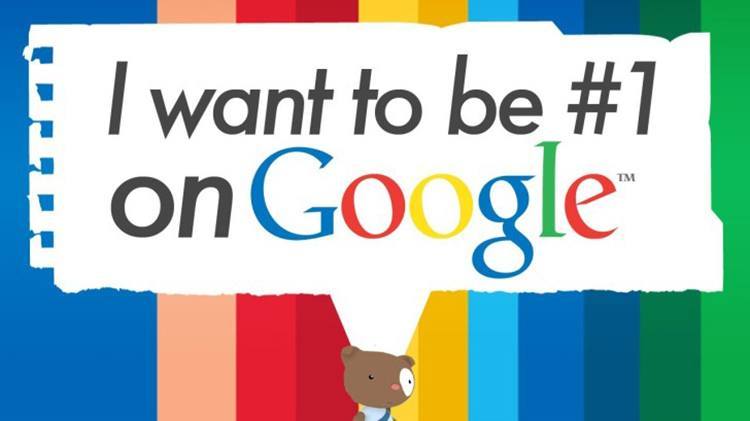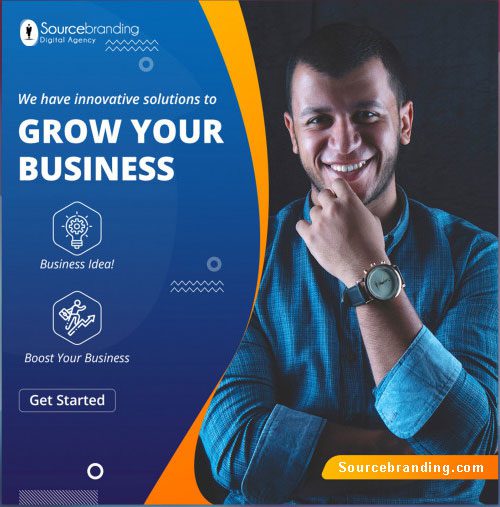
Do you know how many Companies ask us to rank them number 1 on Google for a specific term.
And I have to say, it’s a big waste of time for you to focus all of your energy on ranking number 1 on Google for a specific term or even a handful of terms.
Just take a look at our site… here’s our Google traffic over the last 31 days:
As you can see from the graph, I’m generating 2,375,455 organic visits from search engines each month.
And can you guess how many keywords I’m tracking when it comes to my rankings?
A big fat ZERO!
I’m not saying we don’t do SEO, I’m saying we don’t focus on rankings.
Can you increase your search traffic without tracking rankings?
The short answer is yes.
As you saw from the graph above, we getting over 2 million visits from organic search each month. If you look back a year, we was getting 970,459 visitors a month from search.
In other words, we were able to grow our organic search traffic by 144% in roughly 12 months. That’s not too shabby considering we don’t focus on any one particular keyword.
So why don’t we focus on specific keywords or track our rankings?
Number 1 doesn’t guarantee the most clicks
Ahrefs recently did a study where they showed how being number 1 doesn’t guarantee the greatest number of clicks.

The number 1 listing gets the majority of the traffic only 49% of the time. Don’t get me wrong, I would rather be number 1 than number 2, but getting there doesn’t guarantee the most amount of traffic.
And over time it’s just going to get worse.
Just look at how SERP listing pages looked in 2014.

Now let’s look at how SERP listings look today.

What are the big differences that you see?
- Paid listings blend in – paid listings aren’t as clearly defined as they used to be. In other words, they blend in, which helps ads generate a higher percentage of the clicks.
- Localized listings can be ads – the first listing in the localized listing is also paid.
- The right side no longer has ads – most of the elements on the right side, when you click on them, drive you to perform another Google search.
- Less organic listings – the homepage only has 9 organic listings if you exclude the localized listings.
- Organic results are pushed down – not only do the paid and local listings show first, but news results are also in-between the organic results. This causes the 3rd, 4th, 5th… organic result to get fewer clicks.
The common trend is people are focusing on the paid ads more than the organic listings. And organic listings are no longer guaranteed to be as high up as they once were.
Just look at this eye tracking study of a Google SERPs result.
It clearly shows how the paid ads have the majority of the attention.
So, does this mean you should give up?
No, I am not trying to paint a picture of how you shouldn’t try to rank high on Google or that SEO is useless. Because although Google keeps adjusting the layout of their SERPs page, it’s still the most popular site in the world.
Commanding 57.34 billion visits a month means… you have no choice but to do SEO!
But you shouldn’t waste your time thinking about each and every change Google is making because it’s out of your control.
Just look at how many algorithm changes they made in the last 12 months. It’s too hard to keep up with each change or predict Google’s next move. That’s why we take a different approach to get ahead of Google’s upcoming algorithm changes.
we focus on user experience.
What should you do?
You aren’t going to be able to control your rankings for every single one of your keywords… especially if you are doing SEO the right way.
The majority of your traffic should be coming from long tail phrases. Just look at my blog, we rank for 477,000 keywords.
That’s far too many keywords to track on a regular basis.
we focus on 3 things:
- Create an amazing user experience – Google doesn’t want to rank sites at the top that are the “best optimized.” They want to rank the site that users love the most at the top. So, focus on providing that and, in the long run, you should rank higher.
- Overall organic traffic growth – keywords have trends and they change in popularity over time. Instead of focusing on a handful of keywords or even a few hundred, we just focus on increasing my overall organic traffic. As long as it keeps climbing quarter over quarter, I’m happy.
- Conversion rate – more traffic doesn’t guarantee more sales. We continually optimize our conversion rates so that each additional organic visitor we get has a higher chance to convert into a customer.
And we know we said we focus on 3 things, which is true… but every once in a while we focus on one more thing. It’s updating our old content.
If we had to add in a 4th, it would be updating our old content. Even though we know SEO fairly well, there is no guarantee the even our traffic keeps going up and to the right.
Just like you, our traffic drops every once in a while.
It sucks when your traffic just drops 6.94% in a week and it is scary when that trend continues. But when it does happen, follow this and you can reverse the trend of your declining traffic.
Which strategy should you follow?
There are a few SEO strategies I use to get more traffic that still work well today. If you follow them, you should get more traffic over time:
- Globalization – search isn’t too competitive outside of English. That is changing fast though, so I would follow globalization tips as soon as possible.
- Off-page SEO – it still impacts rankings significantly and you can’t ignore it. Here are 6 off-page strategies you should follow.
- Link building – here’s one of my favorite strategies for link building… it works really well. Even if you have a new site and no one knows who you are, you will be able to build links using it.
- Land and expand – you already rank for terms on Google. This strategy will allow you to turn one ranking into hundreds.
- Brand building – Google wants to rank brands higher than non-brands. Follow this as it will help you build a brand.
There are tons of other tactics and strategies that people are using, but the 5 main ones I mentioned above still work well in today’s competitive search landscape.
Conclusion
Yes, you want to continually improve your search traffic over time, but obsessing over whether or not a keyword is ranking number 1 doesn’t mean much.
SEO has moved to a long-tail strategy. The goal isn’t to rank for one keyword, or even a hundred or a thousand… the goal is to rank for hundreds of thousands if not millions of keywords over time.
And as long as that trend is continually going up and to the right, you’re fine.
One way to see if things are going directionally right is to use Ubersuggest. When you put in your domain, you’ll see a chart that looks something like this:
You want the total number of keywords to increase over time and you want the small green bar to continually go up over time as that means a higher portion of your listings are moving up in Google.












